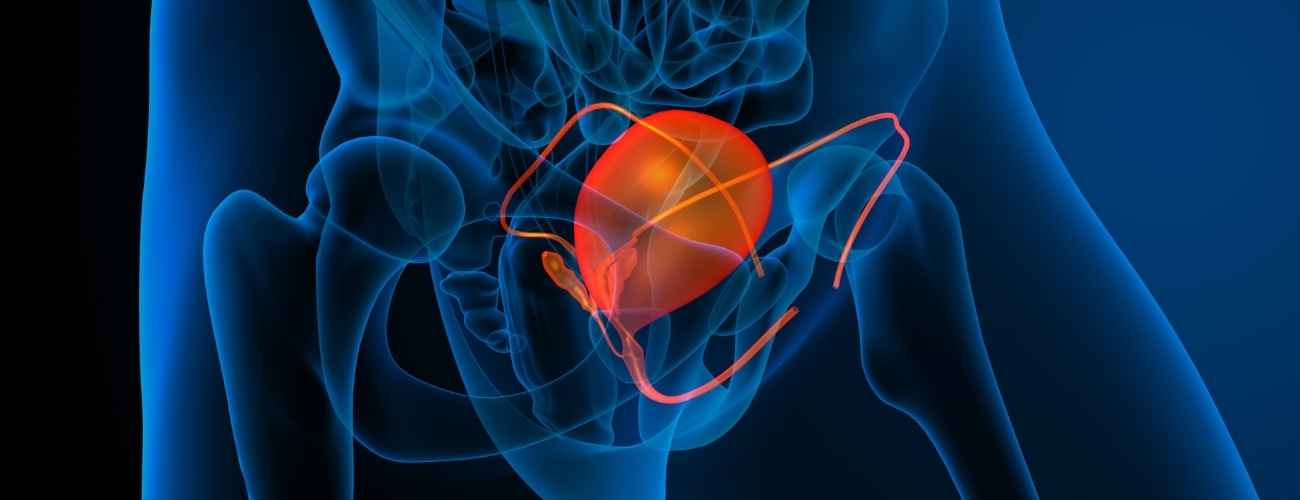
Bladder Tumor Surgery
Bladder Tumor Surgery: Diagnosis and Treatment
For individuals suspected of having bladder cancer, the first step is often a procedure called cystoscopy, which involves examining the bladder using a camera inserted through the urethra. If a tumor is detected, an endoscopic (minimally invasive) diagnosis and treatment procedure is initiated.
Tissues suspected of being cancerous are collected and sent for pathological analysis. Cystoscopy is a term used for procedures involving a camera to visualize the internal body, and it plays a major role in this surgery.
Before the surgery, the surgeon may choose to anesthetize the lower half of the body using either regional or general anesthesia. The decision depends on the anesthesia expert's opinion and the patient's suitability. Since the surgeon works through the urinary tract during the operation, no incisions or cosmetic damage are made to the body or abdominal region.
The surgeon may use various energy techniques to remove the tumor by inserting a small wire loop into the bladder and heating it with electricity to cut off the surface tumors, or high-energy lasers may also be used.
Chemotherapy may be administered to the bladder as a single dose to eliminate remaining cancer cells. This drug stays in the bladder for about one hour, has its effect, and then is drained.
The recovery time after this surgery is very short. However, if surgical interventions cause any damage, the doctor will inform the patient about all such conditions.
To speed up the recovery process, it is essential to follow the instructions and guidelines provided by your doctor.
There is no need for preparation months before the surgery. However, it is important to be in contact with your doctor. This early-stage surgery can save you from more extensive surgery and discomfort.
Can Bladder Cancer Be Completely Cured?
Like all cancers, bladder cancer can be difficult to eliminate entirely. The stage, grade, and type of cancer at the time of diagnosis, as well as the patient's overall health, play a role in how successful the treatment is.
Surgical procedures, chemotherapy, radiation therapy, immunotherapy, and targeted therapy are potential treatments for bladder cancer.
Early diagnosis of bladder cancer increases the chances of complete recovery. In early stages, the main treatment is surgery. In more advanced stages, instead of aiming for a complete cure, the goal may be to control the disease’s growth and reduce symptoms.
Even after successful treatment, regular follow-up care is crucial to monitor for recurrence and new tumors. The best treatment option for your unique condition should be discussed with your oncologist.
How Much Does Bladder Tumor Surgery Cost in Izmir?
The bladder is an empty organ whose function is to store urine produced by the kidneys and release it through the urethra once a certain capacity is reached. The inner surface of the bladder is covered by a layer called urothelium, and most bladder cancers arise from these cells.
After the diagnosis, an endoscopic procedure called TUR-MT is performed, where a tumor is removed from the bladder through a passage inserted into the penis.
If you are looking for information about the cost of endoscopic bladder tumor surgery in Izmir, you can consult our specialized doctor.
Frequently Asked Questions
Is There a Risk in Bladder Tumor Surgery?
Like all surgeries, bladder tumor surgery carries certain risks. Bladder tumor surgery is not to be underestimated, as it has numerous risks. After surgery, bleeding and infection may occur, as with all surgeries. Symptomatic infections are treated with antibiotics, and extended hospital stays are rarely needed. Bladder perforation during surgery is uncommon, but it can occur if the tumor removal process goes very deep.
How Long Does Bladder Tumor Surgery Take?
As bladder tumor surgery is a very serious operation, it requires significant attention, making it one of the longer surgeries. Some of the blood vessels in the bladder are tied off, and then the surrounding tissues of the prostate are delicately separated. Finally, the urinary canals in front of the prostate are cut, and the bladder is placed into a bag. If an artificial bladder is created, the surgery lasts approximately 8 hours. If no artificial bladder is created, the duration is shorter.
How Is Bladder Tumor Surgery Performed?
Bladder tumor surgery is a very important and serious procedure. The main goal is to access and remove the tumor from the bladder. A thin wire is inserted through the urethra to reach the bladder. Tumor tissues in the bladder are cut and removed. These tissues are then sent to pathology for analysis. A catheter is inserted after the surgery, as the bladder cannot be used for a certain period of time. Once recovery occurs, the bladder function will be restored.
How Many Days Does It Take to Recover from Bladder Surgery?
After bladder tumor radical surgery, the patient stays with a catheter for 8 to 10 days. Wound healing typically takes 10 to 15 days. If no complications develop, the person can return to normal activities in about one to one and a half months. Therefore, it can be said that the recovery process after bladder cancer radical surgery is lengthy, indicating the seriousness of the operation.
Is Bladder Cancer a Dangerous Disease?
People generally fear cancer types, assuming that all cancers are fatal. However, approximately 70% of bladder cancers do not progress to be fatal. However, these cancers are prone to recurrence. About 30% of bladder cancers can metastasize, meaning they spread to the body’s muscle tissue and eventually to other areas. Therefore, the risk of the disease depends on its progression.
Source:
www.nhs.uk/conditions/bladder-cancer/
Kulu, A. (2010). Evaluation of the Quality of Life Post-Surgical Intervention in Patients with Bladder Tumors (Master’s thesis, Trakya University Institute of Health Sciences).

Social Media